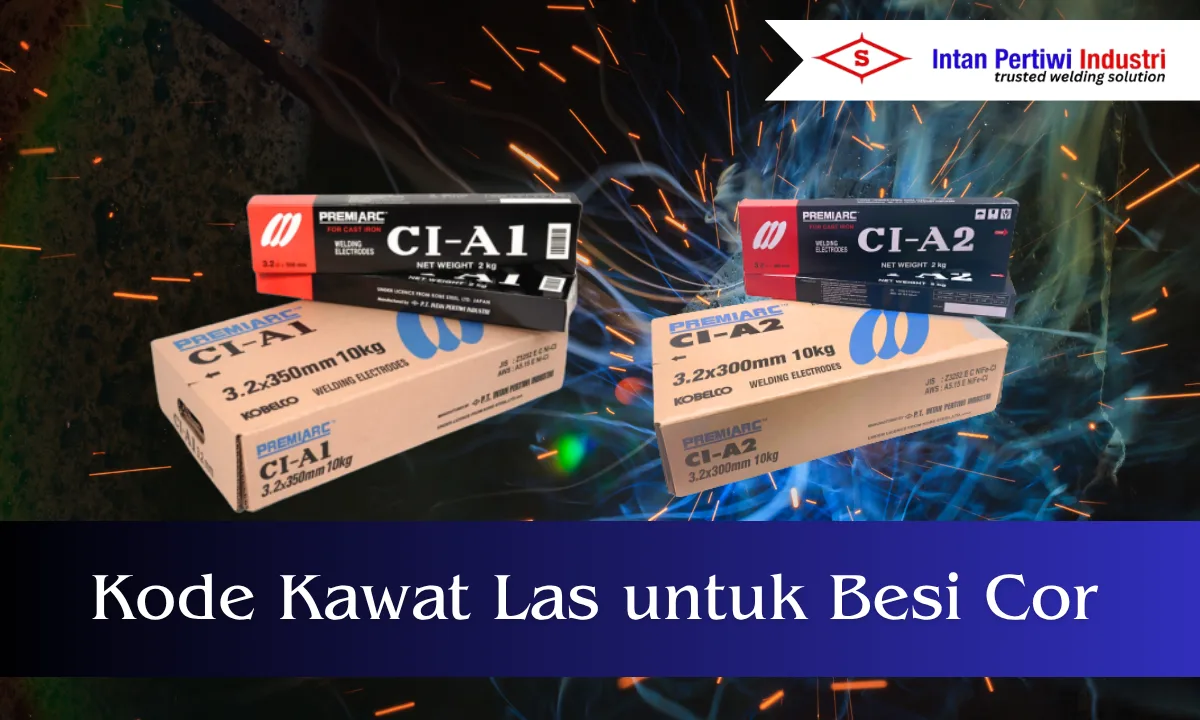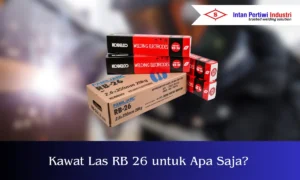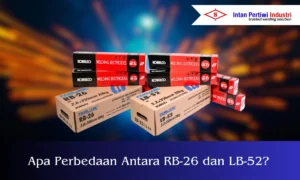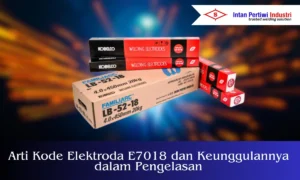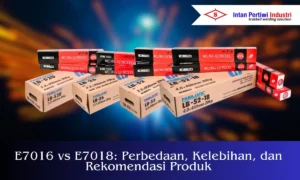Need welding electrode codes for cast iron? Learn about ENi CI and ENiFe CI, preheat tips, polarity, and Kobe CI A1 and Kobe CI A2 recommendations.
Finding the right welding electrode code for cast iron can often be tricky due to the brittle and heat-sensitive nature of cast iron.
This article guides you through selecting the appropriate AWS class, understanding when to use pure nickel or ferrous nickel, setting safe current and polarity, and selecting relevant products such as Kobe CI A1 and Kobe CI A2 to ensure repairs to engine blocks, housings, and cast components are strong and ready to work.
Table of Contents
ToggleWhat is Welding Electrode for Cast Iron?
Welding electrode for cast iron is a filler formulated to maintain ductility despite the brittle base metal. Cast iron has high levels of graphite and carbon, making the HAZ susceptible to cracking.
Therefore, filler composition, heat control, and welding techniques require greater care. When repairing engine blocks, pump housings, gear housings, and even old engine frames, nickel-based electrode is a safe choice because it absorbs residual stress and is easy to rework with a lathe or grinder.
Function of Welding Electrode for Cast Iron
Its role focuses on restoring component function without triggering new cracks.
Filling defects such as pores, cavities, and hairline cracks to make the surface solid again
Patching breaks or leaks in thin walls, for example in the water jacket or cover
Build up the wear area to bring the dimensions back to tolerance before machining.
Provides a deposit that is machinable, bonds well and withstands real-world vibrations.
Quick tips
Keep the bow length short
Use short beads then give it a cool down break
Do a light peening to release tension.
Slow cooling is safer than quenching.
Welding Electrode Code for Cast Iron
The most common reference is the AWS A5.15 standard. The two most commonly used grades for general repair are ENi CI and ENiFe CI.
Both are nickel-based but have different characteristics in terms of ductility, strength, machinability, and suitability to workloads.
The selection is influenced by the type of cast iron, wall thickness, crack location, and the operational demands of the component after repair.
1. AWS A5.15 ENi-CI
ENi CI is a pure nickel electrode specifically for gray cast iron. Its deposit is highly ductile and highly resistant to temperature changes, resulting in a lower risk of shrinkage cracking.
This is usually the first option for thin-walled components, longitudinal cracks, or areas where temperature control is difficult.
Why choose ENi CI?
Resilient and able to absorb residual stress
Very easy to machine for precision finishing
The deposit color is relatively close to gray cast iron.
Key practices
Low current with short beads
Each bead is allowed to cool to hand temperature.
Light peening on fresh bead
Thorough cleaning of connection lines
Product recommendations
Kobe CI-A1 Welding Electrode is suitable for gray cast iron repairs that require easy machining and a low risk of cracking. Use the diameter and current according to the manufacturer's data and maintain a low interpass to maintain structural stability.
2. AWS A5.15 ENiFe-CI
ENiFe CI is an iron nickel electrode that offers higher strength than ENi CI while maintaining ease of machining.
This class is selected when the component carries significant mechanical loads or is subjected to repeated vibrations, for example, fastening lugs, bearing supports, or housings that are frequently removed and installed.
Why choose ENiFe CI?
Higher tensile strength for heavy workloads
Tough enough to not crack easily during hot and cold cycles.
The appearance of the deposit is close to cast iron, making it more aesthetic.
Key practices
Short beads with tight heat control
Smooth bead transitions for even stress distribution
Slow cooling after welding
Product recommendations
Kobe CI-A2 Welding Electrode is ideal for cast iron structural repairs that require a combination of strength and reworkability. Adjust the current and polarity parameters according to the manufacturer's table.
How to Choose the Right Welding Electrode for Cast Iron
Simple steps to follow
Identify the cast iron type. For common gray cast iron, start with ENi CI. For load-bearing areas, consider ENiFe CI.
Assess thickness and access. Thin walls require low currents, short beads, and sufficient cold breaks.
Determine post-weld priorities. If machinability and a smooth finish are top priorities, choose ENi CI. If load-bearing durability is a priority, choose ENiFe CI.
Plan for heat control. Light to moderate preheating helps suppress temperature gradients. Keep the interpass low and finish with a slow cooldown.
Prepare the surface. Remove paint, oil, loose graphite, and contaminants. Create a gentle V-groove for controlled penetration.
Test on remaining material. Check arc stability, arc length, and cooling response before entering critical areas.
Quick checklist
The aim of the improvement is clear
Electrode class according to operating load
Current and diameter parameters according to manufacturer's recommendations
Cleaning and cooling procedures have been planned.
Conclusion
Cast iron repair requires welding electrode that is ductile, easy to machine, and compatible with the graphite structure. ENi CI offers the highest safety in general applications, especially thin walls, while ENiFe CI offers a balance of ductility and strength for load-bearing components.
For practical implementation, Kobe CI A1 is recommended in general gray cast iron repair scenarios, while Kobe CI A2 is suitable for areas requiring greater strength.
With proper grade selection, careful heat control, and disciplined adherence to short beads and slow cooling, the repair results are reliable and ready to go back to work.


